Olá, curious wanderers! ✨ 🕊️ Some places are not just visited, they’re felt. That’s exactly how I’d describe my time at the Carmo Convent and Archaeological Museum (Convento do Carmo) in Lisbon. This roofless Gothic wonder, perched quietly above the city in Largo do Carmo, is one of the most poignant and beautiful sites I encountered during my Lisbon adventure.
Where History Meets the Sky
Founded in the 14th century by Nuno Álvares Pereira, the Carmo Convent was once one of the grandest churches in Lisbon. Built in the Gothic style and richly decorated, it was meant to symbolize power and devotion. But on the fateful morning of November 1, 1755, Lisbon was shaken by a catastrophic earthquake, followed by a tsunami and devastating fires. The convent’s roof collapsed during a mass, tragically killing many and turning this house of worship into a hauntingly beautiful ruin.
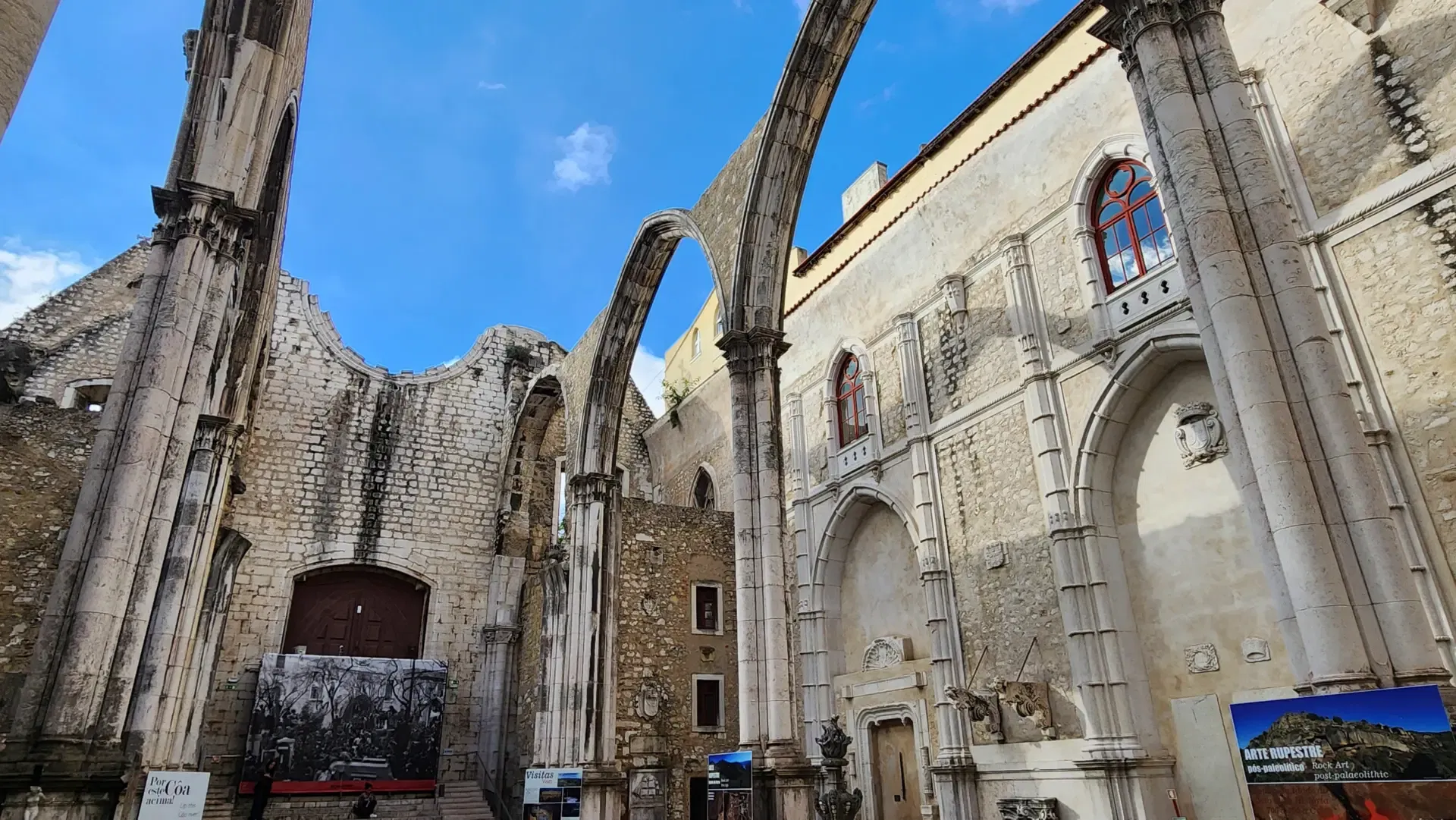
What remains today are the soaring stone arches, intricately carved columns, and fragments of its original grandeur, now open to the sky. There is something breathtaking about standing there, looking up at the empty space where a vaulted ceiling once stood, now replaced by the soft Lisbon light and blue skies.
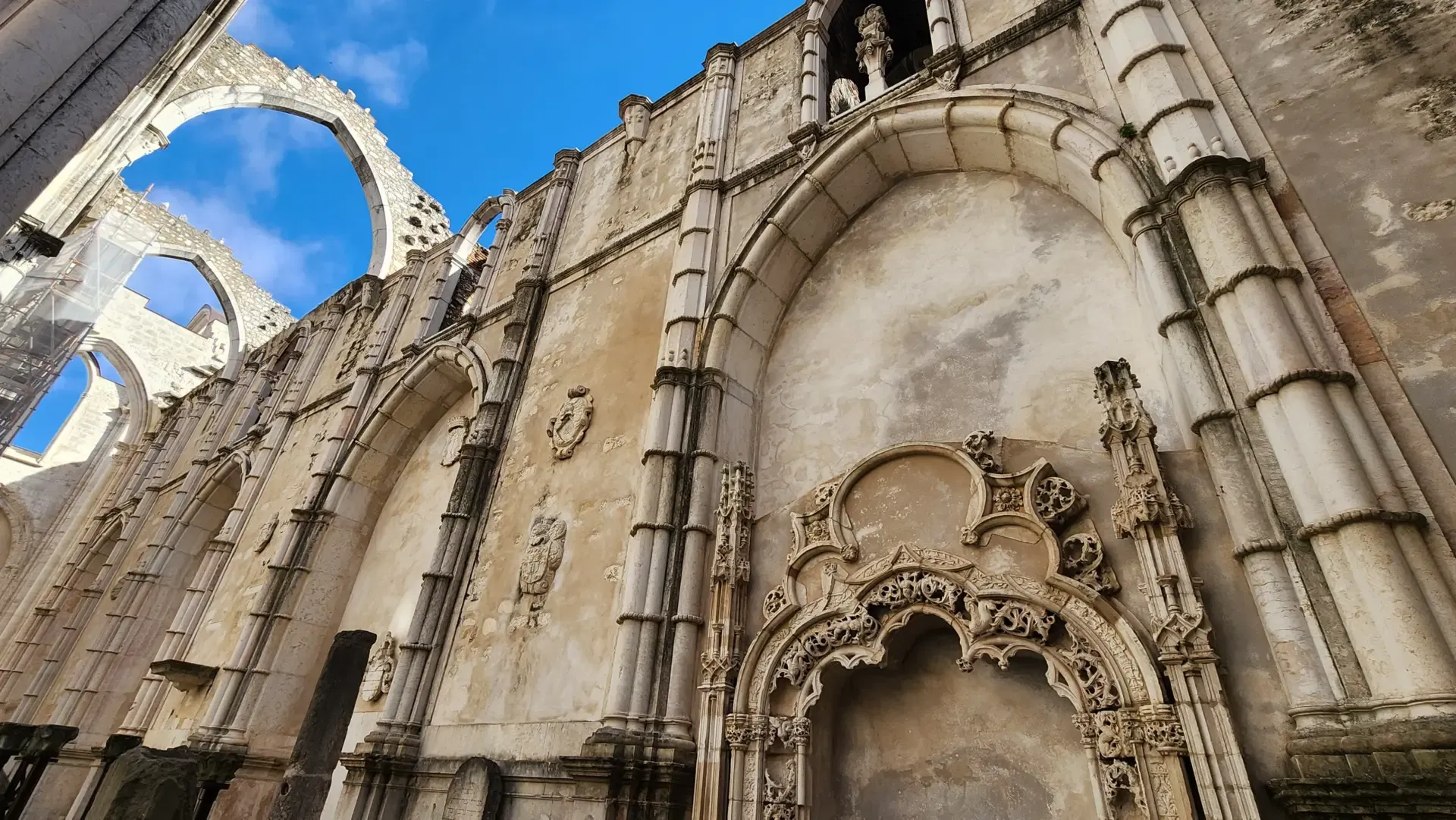
As I walked through the nave, I found myself slowing down, not just to take photos, but to feel. To imagine what it must have been like then. To admire what still stands. And to appreciate the thoughtful way Lisbon embraces both memory and resilience.
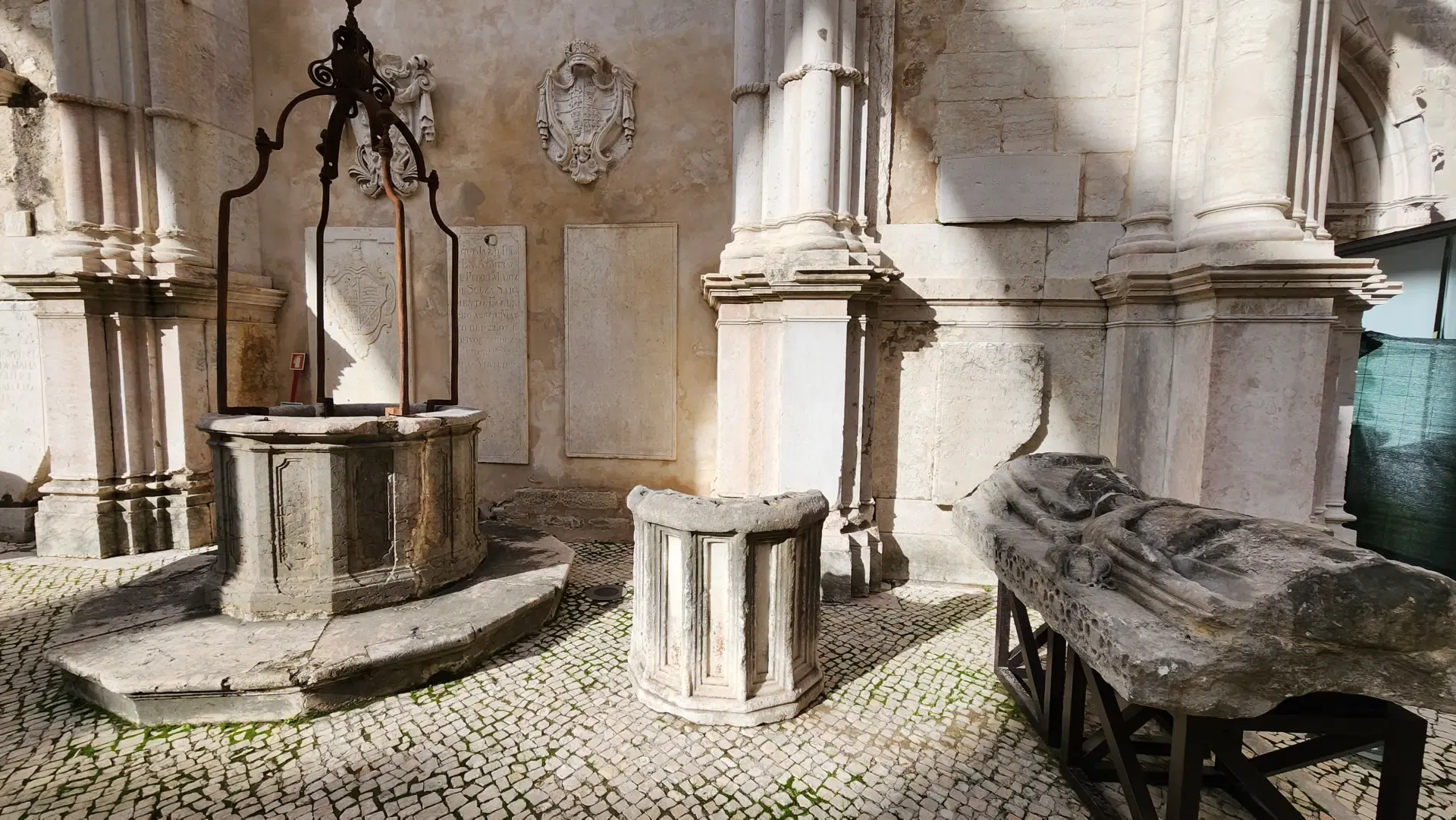
A Small Museum with Big Stories
Tucked inside the former sacristy, the Carmo Archaeological Museum (Museu Arqueológico do Carmo) is a true hidden gem. It was founded in the 19th century by the Portuguese Association of Archaeologists to preserve the remnants of the convent and other historically significant artifacts. The collection spans a broad range of periods and cultures, offering a fascinating glimpse into Portugal’s, and the world’s, rich past.
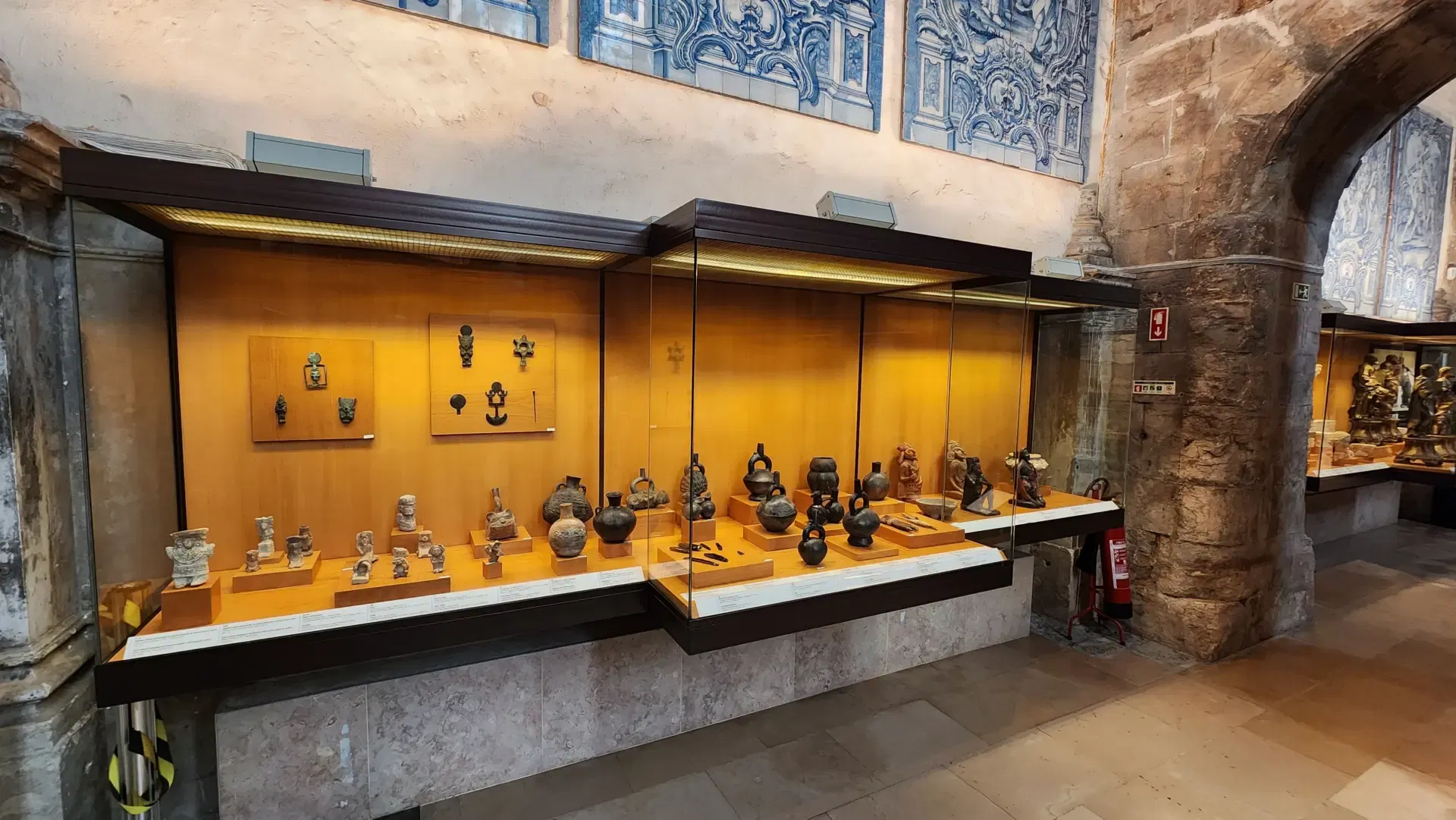
You’ll find Gothic and Romanesque tombs, Roman epigraphy, Manueline windows, and Renaissance architectural fragments. One of the oldest items on display is a visigoth pillar from the 7th century. The museum even includes Aztec sacrificial stones, South American mummies, and prehistoric tools, making it surprisingly global in scope.
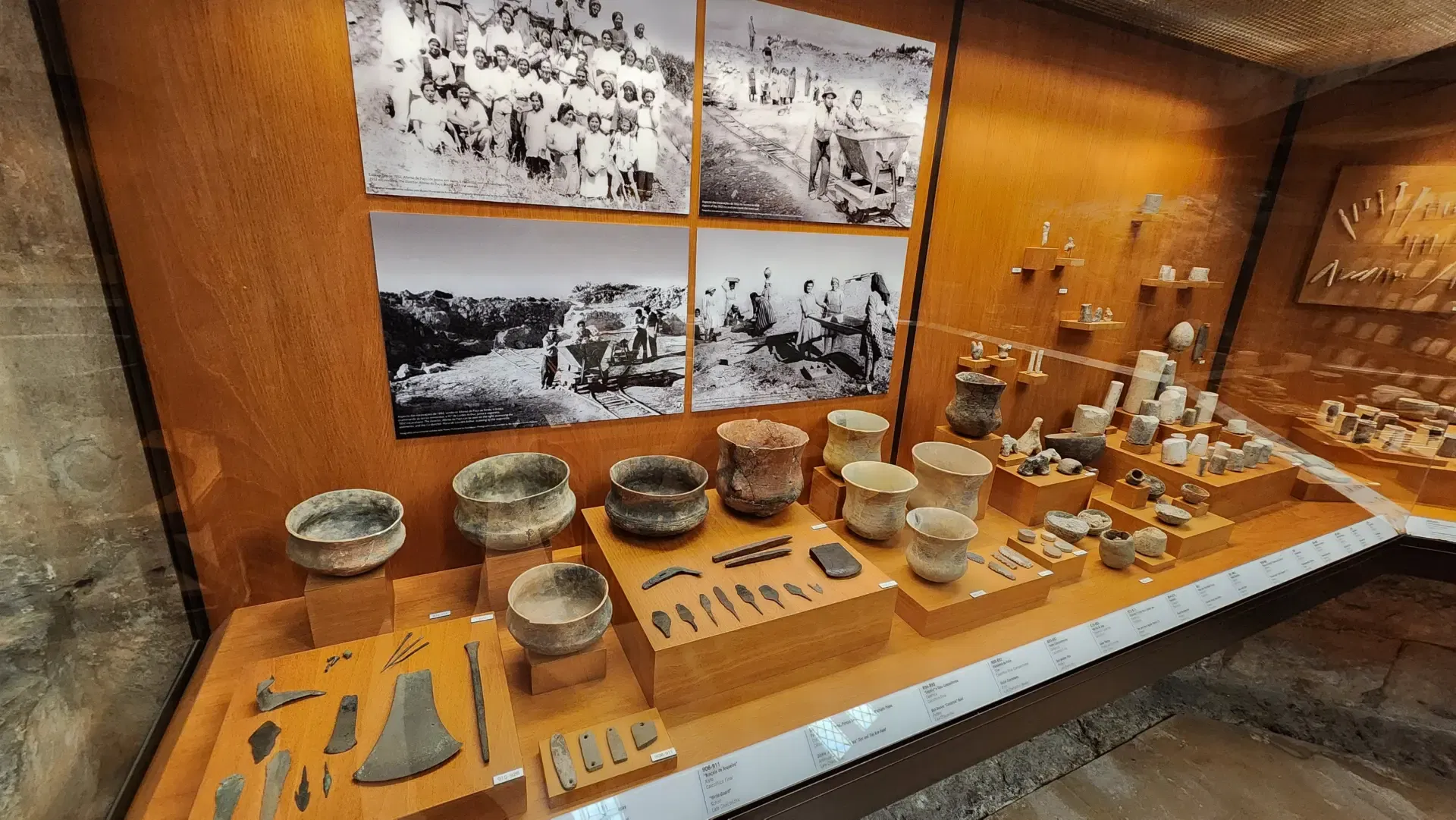
One of the more memorable moments for me was standing in front of the two South American mummies, unexpected and solemn, offering yet another layer of reflection about life, death, and history across continents. I also found myself captivated by Queen Maria Anna of Austria’s tomb, encased in a beautifully sculpted sarcophagus, and the quiet corners filled with faded manuscripts and religious artifacts that once belonged to the convent.

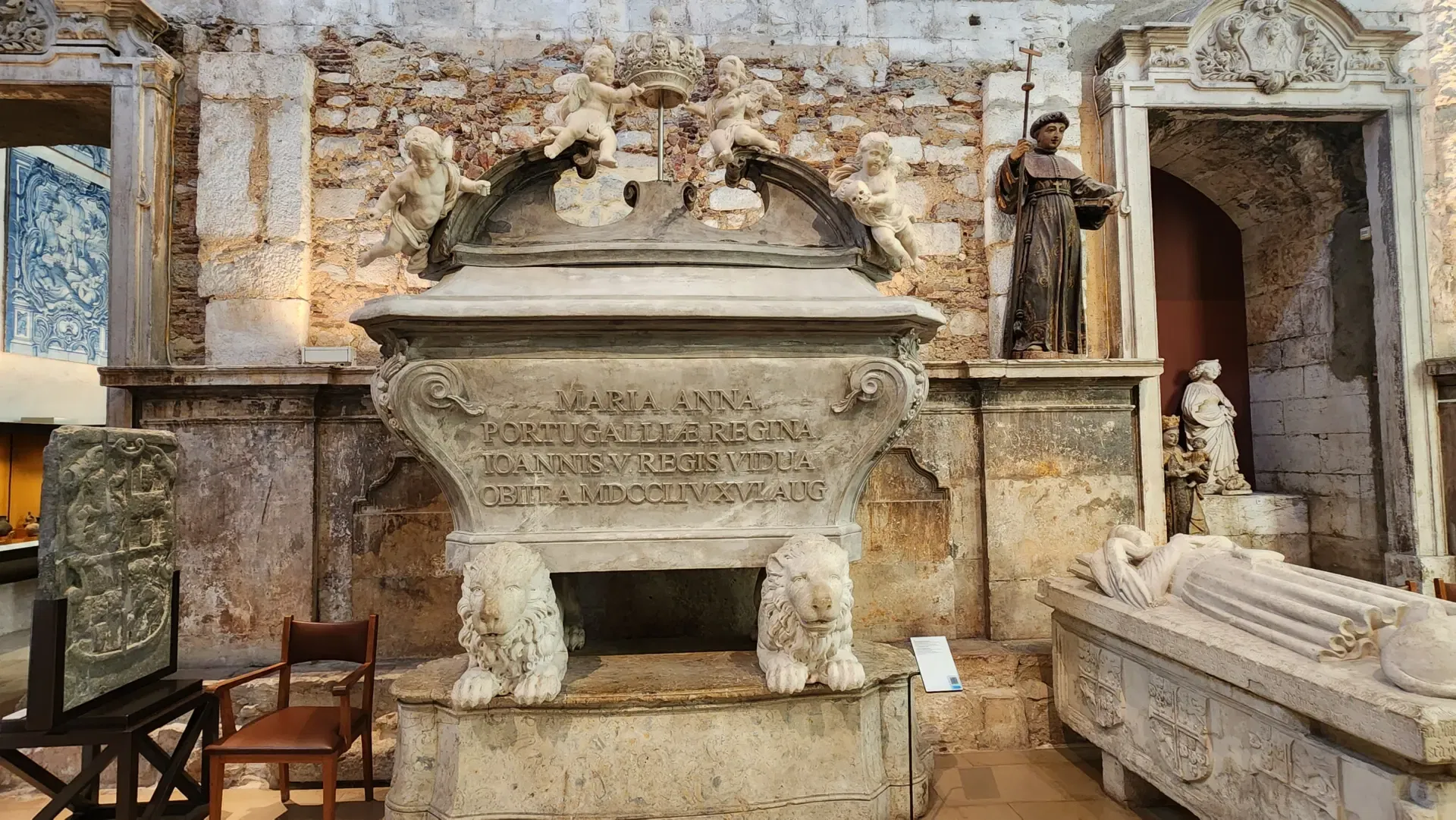
It’s a museum that doesn’t overwhelm but instead invites reflection. It’s compact, manageable, and rich with stories, each object inviting you to linger a little longer and wonder about its place in time.
What Makes It Special
There’s a quiet gravity to Carmo Convent. You won’t find crowds buzzing or music playing. You’ll hear footsteps, maybe birds overhead, and the hush of people instinctively speaking in soft voices. That silence is part of its soul, and it’s what makes a visit here feel like a pause in time.
What struck me most was the interplay of light and shadow—the way sunlight filters through the arches, casting patterns on ancient stones. It’s an open-air space that somehow feels both vast and intimate. As I wandered through the nave, I felt like I was walking through a memory—Lisbon’s memory—and my own.
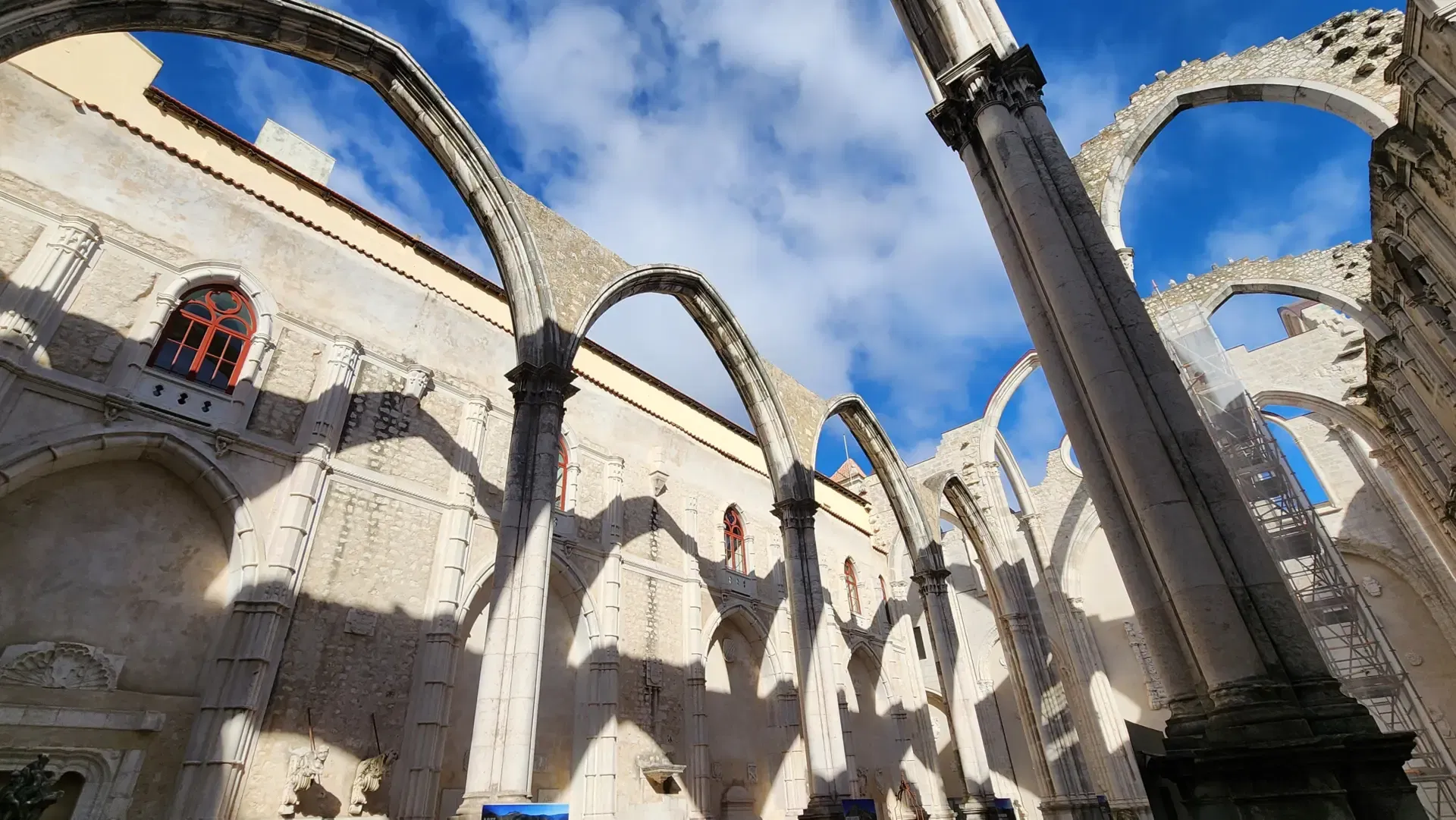
It’s also beautifully located. Just steps from Chiado and Largo do Carmo, and directly accessible from the top of the Elevador de Santa Justa, the convent offers not only history but also a chance to sit quietly and look over the city’s rooftops.
I lingered longer than I expected. I watched other travelers sit on benches, journal in hand. Some were sketching the ruins. Others simply sat in silence. That, to me, is the magic of this place, it doesn’t demand anything from you. It just welcomes you to be present.
Tips for Visiting Carmo Convent
📍 Location: Largo do Carmo, in the Chiado district
🕐 Opening Hours: Typically open daily from 10am–6pm (closed major holidays)
🎟️ Tickets: Affordable entry (around €5–€6), with discounts for students and seniors
📸 Photography: Absolutely allowed—and highly encouraged!
🧘 Take Your Time: Don’t rush. Sit on a bench beneath the arches. Let it all sink in.
☕ Nearby Café: There’s a charming terrace café in the square right outside. I recommend grabbing a drink afterward to reflect.
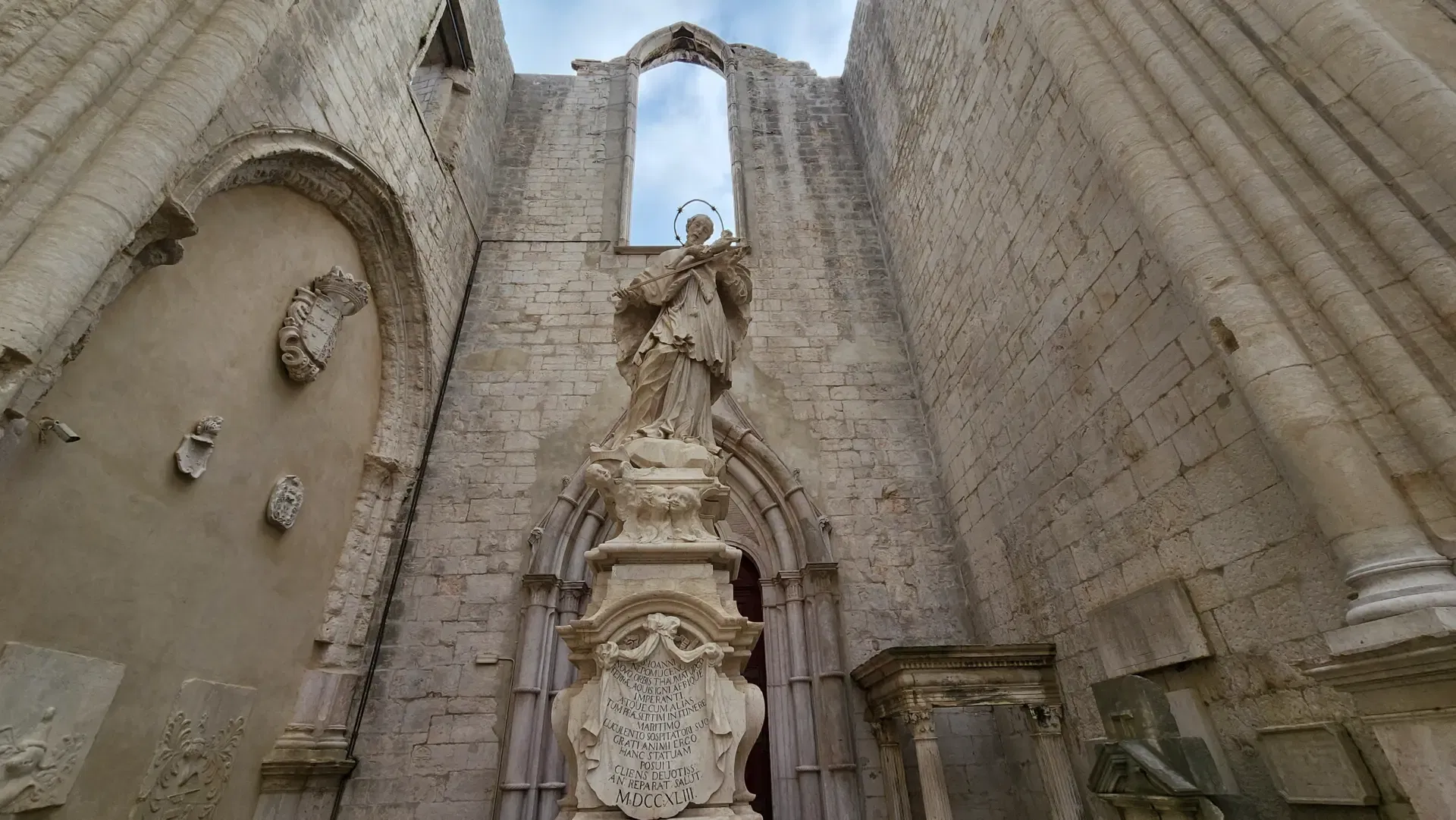
Final Thoughts
Visiting the Carmo Convent was one of the most unexpectedly moving moments of my Lisbon trip. It reminded me that beauty often lives in what remains—not only in what was lost. It’s a place to slow down, look up, and reconnect—with history, with humanity, and maybe even with yourself.
I left feeling grounded and grateful, touched by the way Lisbon honors its past not by rebuilding everything, but by allowing some spaces to speak through their silence. The arches, the ruins, the stories—they stay with you.
Whether you’re a history buff, a dreamer, or simply someone seeking a quiet escape, this is a place that will stay in your heart long after your footsteps fade from its stone floor.
Until next time, keep wandering with wonder. 🌿
xoxo,
Bubbly 💖

